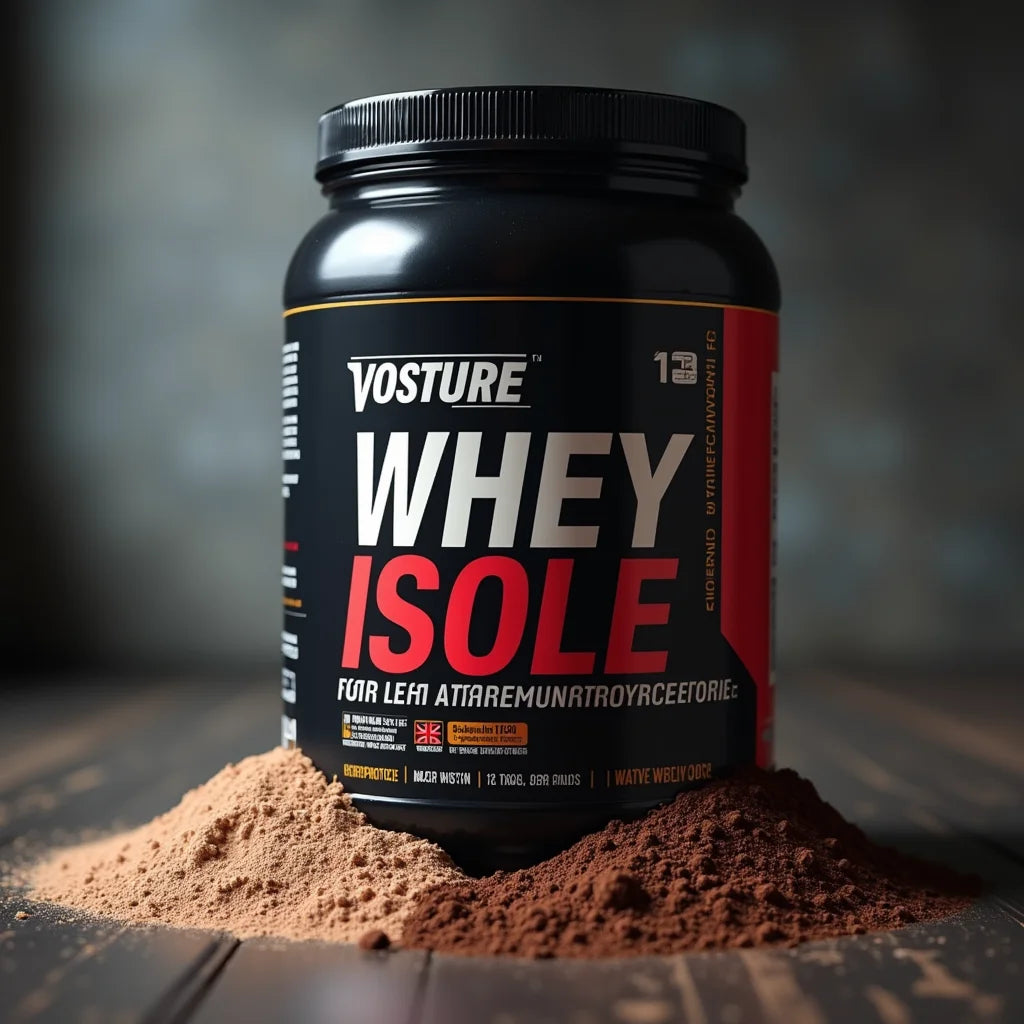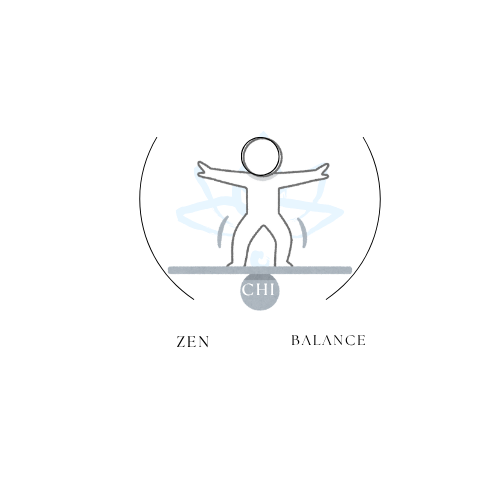
Whey Protein Isolate for Lean Muscle Gain Explained
Share
Updated on: 2025-10-21
Table of Contents
- Why whey protein isolate for muscle gain matters
- Product Spotlight: Key features of WPI for muscle growth
- – What defines a quality WPI for muscle gain
- – WPI vs whey protein concentrate
- – When people commonly use a post-workout protein powder
- Myths and facts about whey protein isolate for muscle gain
- Frequently asked questions about whey protein isolate for muscle gain
- – Is whey protein isolate good for muscle gain?
- – How much whey protein isolate should I take to build muscle?
- – Whey protein isolate dosage for muscle gain per day
- Final recommendations for choosing whey protein isolate for muscle gain
Why whey protein isolate for muscle gain matters
If your current routine includes resistance training or active recovery, you may be exploring whey protein isolate for muscle gain. Many people value WPI for muscle growth goals because it offers a high percentage of protein per serving and a streamlined ingredient profile. Compared with a general post-workout protein powder, whey protein isolate is typically more filtered and may contain fewer carbohydrates and fats, which some individuals appreciate when they want a leaner macronutrient option. This article provides a calm, balanced look at how WPI fits into daily nutrition habits, how it compares to whey protein concentrate, and what to consider when choosing the best whey protein isolate for muscle gain and fat loss support in a thoughtful, sustainable way.
To keep things simple and respectful of personal preferences, we focus on clear label reading, serving considerations, and practical selection tips. You will also find a short myth-versus-fact section and a straightforward FAQ to help answer common questions with care.
Product Spotlight: Key features of WPI for muscle growth
When people look for a WPI for muscle growth, they often prioritize a few essentials: protein purity, taste, mixability, and ingredient transparency. While every brand is different, many whey isolate products emphasize a high protein percentage, minimal added sugars, and a smooth texture that blends well in water or milk alternatives. This combination can be appealing if your goal is to hit a specific protein target with fewer additional calories from carbohydrates or fats.
What defines a quality WPI for muscle gain
- Protein-to-calorie ratio: Whey protein isolate often delivers a high percentage of protein per serving. This can help you plan around your daily protein target with flexibility in the rest of your meals.
- Straightforward ingredient list: Many people appreciate when the ingredient list is clear and concise. This may include whey protein isolate as the primary ingredient, along with natural flavors and a light sweetener, if any.
- Mixability and taste: A WPI that mixes easily in a shaker or blender and offers a mild, enjoyable flavor can make it simpler to keep up with your routine.
- Third-party testing statements: Some brands share quality-testing information. If available, these details may offer added peace of mind.
WPI vs whey protein concentrate
Many shoppers compare whey protein isolate to whey protein concentrate to choose what fits their needs. Whey protein concentrate commonly retains more of the original milk components, which may include slightly higher levels of carbohydrates and fats. This is not inherently good or bad—just different. If you prefer a leaner option with a higher proportion of protein per serving, whey protein isolate may align with those preferences. If you are comfortable with a slightly broader nutrition profile or you prioritize value, whey protein concentrate might be appealing.
Both forms can be part of a reasonable plan. The decision often comes down to taste, price, nutrition goals, and how you prefer to allocate your daily calories. If you are unsure, reading the nutrition facts and comparing per-serving macros is a gentle and practical place to start.
When people commonly use a post-workout protein powder
Some people like to enjoy a post-workout protein powder as part of their routine after exercise. Others spread protein servings throughout the day—at breakfast, between meals, or later in the evening. There is no single approach that fits everyone. It may feel helpful to choose a time that is convenient and consistent for you, so your protein intake is steady over many days, rather than perfect on only a few.
If you are considering the best whey protein isolate for muscle gain and fat loss goals, you might also look at overall daily protein intake alongside a moderate calorie plan, fiber, hydration, and restful sleep. These broader lifestyle patterns often make a meaningful difference when combined with thoughtful training and recovery habits.
Myths and facts about whey protein isolate for muscle gain
Myth: “Only whey isolate builds muscle.”
Fact: Whey isolate is a popular option, but it is not the only way to support a higher protein intake. Many people also use whey protein concentrate or other protein sources, depending on taste, dietary needs, and budget. Your overall daily protein pattern and training plan are often more influential than any single product choice.
Myth: “More WPI for muscle growth is always better.”
Fact: It may feel tempting to increase servings, but more is not always necessary. Many individuals aim for balanced protein portions across meals and snacks. Finding a reasonable serving size that fits your preferences and routine is often more sustainable than focusing on larger amounts.
Myth: “WPI is automatically superior to whey protein concentrate.”
Fact: Whey isolate and whey protein concentrate simply offer different nutrition profiles. WPI tends to have a higher protein percentage, while concentrate may include slightly more carbohydrates and fats. Neither is universally “better.” Your goals and taste preferences can guide the choice.
Myth: “You must drink a shake immediately after training.”
Fact: A post-workout protein powder can be convenient, yet many people meet their protein needs through flexible timing across the day. Consistency over time is often more important than a single perfect window.
Frequently asked questions about whey protein isolate for muscle gain
Is whey protein isolate good for muscle gain?
Whey protein isolate is widely used by people who want a high-protein option with minimal extra calories from carbohydrates and fats. It can be a practical way to help meet daily protein goals, especially if you enjoy shakes and find them easy to prepare. Whether it is the “best” option depends on your taste, budget, and how it fits with your meals and training schedule.
How much whey protein isolate should I take to build muscle?
Serving sizes vary, but many people choose about 20–30 grams of protein per serving, and some opt for 1–2 servings per day as part of their overall diet. If you prefer to keep things simple, you might start with one serving around a time that feels convenient—after training or alongside a meal—and adjust based on how it fits your routine.
What is the whey protein isolate dosage for muscle gain per day?
The whey protein isolate dosage for muscle gain per day depends on individual needs, body size, training volume, and how much protein you already get from food. Many people find that a daily total protein target is easier to manage when spread across meals and snacks, with one WPI serving included. If you are unsure, it may be helpful to track your typical daily protein for a few days and then decide where whey isolate fits comfortably.
Is WPI for muscle growth better than whey protein concentrate?
It depends on what you value. If you want a higher protein percentage per serving and fewer additional calories, whey protein isolate may suit you. If you enjoy a creamier texture, a broader nutrition profile, or a more budget-friendly price, whey protein concentrate might be your choice. Both can be used thoughtfully.
Is a post-workout protein powder necessary?
Not everyone uses a shake right after training. Many people simply make sure their daily protein is consistent and well distributed. If a post-workout shake helps you stay on track, that convenience can be valuable. If you prefer whole-food meals, that approach can also work well.
Final recommendations for choosing whey protein isolate for muscle gain
Selecting a whey protein isolate for muscle gain can feel straightforward when you focus on a few calm, practical steps. Consider these suggestions as gentle guidance you can adapt to your preferences:
- Clarify your goal: Decide whether you want a leaner protein option, a specific flavor profile, or a particular budget range. This helps you narrow your choices quickly.
- Read the label: Look at the protein per serving, total calories, carbohydrates, and fats. If your plan includes a calorie goal, a higher-protein-per-calorie option may be appealing.
- Check ingredients: A concise list may support your preference for simplicity. Sweetness, flavors, and texture can vary, so consider what you enjoy most.
- Consider timing: Whether you use a post-workout protein powder or spread protein across the day, consistency often helps more than rigid timing rules.
- Start with one serving: If you are exploring WPI for muscle growth, you might begin with a single daily serving and adjust as needed based on taste, convenience, and how it fits your meals.
- Compare with concentrate: If cost or creaminess matters to you, you may wish to compare WPI with whey protein concentrate. Either can fit well, depending on your preferences.
- Plan for variety: Smoothies, shakes, overnight oats, and simple blends with water or milk alternatives can keep your routine enjoyable.
For readers who like to explore additional wellness topics and brand values, you may find it helpful to visit these pages:
Whichever product you choose, a kind and consistent approach tends to serve people well. If whey protein isolate for muscle gain supports your routine, a simple habit you enjoy is more likely to last. Thank you for spending time with this guide, and please feel free to return to it whenever you want a quick, calm refresher on WPI, whey protein concentrate, and post-workout protein powder options.

I'm a passionate curator at Zen Chi Balance, dedicated to spreading calm, harmony, and mindful living through faith-inspired lifestyle products. I help craft meaningful experiences for our global community of mindful shoppers.
The content provided is for informational and inspirational purposes only. It is intended to encourage personal growth, mindfulness, and balance in daily life. Zen Chi Balance does not provide medical, legal, or professional advice. For specific concerns or guidance, please consult a qualified professional. Visit us at www.zenchibalance.com for more inspiration and resources.
